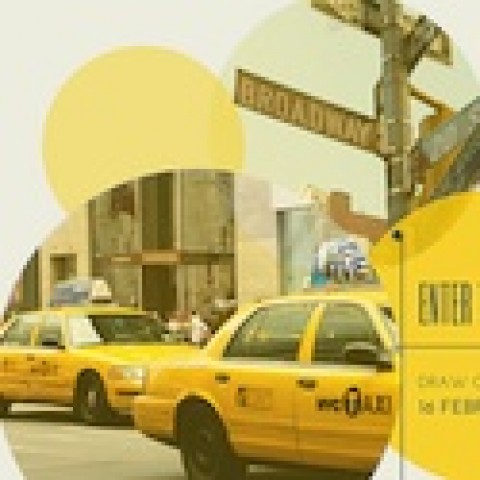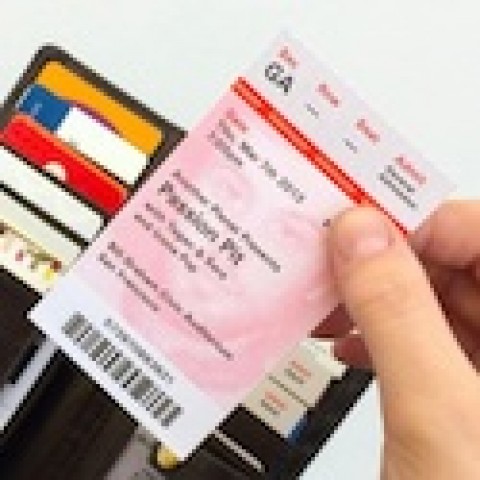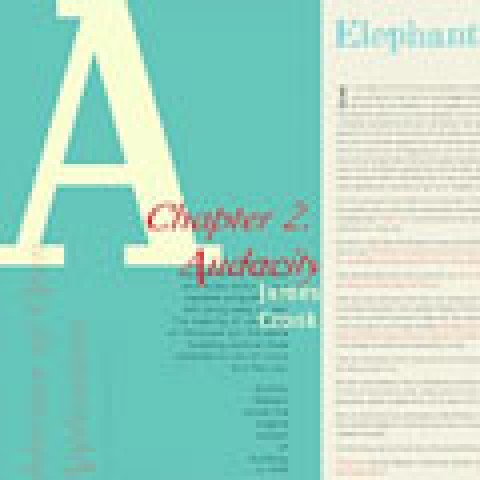
Are you able to turn fear and doubt into fuel for brilliance?
Through his own experiences, Jonathan Fields believes he’s developed a fresh approach to transforming uncertainty, risk of loss, and exposure to judgment into catalysts for innovation, creation and achievement. (He gave up a six-figure income as a lawyer to build a new business – married with a three-month old baby, he signed a lease to launch a yoga center in the heart of New York City … the day before 9/11.) We hope you enjoy this excerpt from his recently released book “Uncertainty.”
Whether you’re working on a team charged with driving business innovation, writing a novel, choreographing a dance, starting a company, or coding an app, the creative process follows a similar overarching progression.
It starts with a question – one that’s different for every quest and every creator. When you begin, nothing is certain save the drive to create something worth the effort.
The more certain you are of the answer or the outcome in advance, the more likely it is to have been done already – to be derivative – and the less anyone will care, including you. Anything certain has already been done.
From this place of unknown possibilities and endings, the process moves through its many phases and creation crux moves. Information is gathered, options explored, hooks laid down, colors mixed, numbers crunched, and experiments completed.
Countless decisions have been made, new ideas formed, tested, expanded, and killed, until finally the endeavor reaches a place of maximum constraint or final form.
An amorphous idea becomes words in a printed book. Feelings about movement, light, color, and energy become oil on canvas. Riffs, beats, hooks, and choruses become completed tracks. Music and movement become a dance. Numbers, processes, forms, and functions become platforms. A desire to serve a community and take away its pain becomes a business, a service, a solution.
The progression, however, is anything but a straight line. In the early days, in order to justify action, risk, investment, and exposure to criticism, you need to make assumptions.
Some are based on fact, but others are outright leaps of faith. Along the way, while some will be validated, others will be eviscerated, proven to have been anything from near misses to complete garbage.
In the world of entrepreneurship, one of the happiest days in the life of a start-up founder is the day she gets funded. It puts money in the bank, and it’s a huge vote of confidence in the team, the vision, the business, and the model.
The smartest investors out there are saying, “Yes, we believe in you.” The problem is, more often than not, that smart money, along with the founders themselves, are utterly wrong.
The business they’ve all rallied around is built upon bad information that is soon to be disproven on a level that, without adaptation, will tank the business and vanish the investment.
When these moments along the creation path happen, you have a choice to make. You can strap on your vision blinders, ignore the fact that you’ve gone off the rails, and keep to your original plan.
Or you can stand up and make a conscious choice to wade back into uncertain waters, knowing you’ve now invested time, money, and energy in an endeavor that, without substantial alteration, is going to end up a dud. These are tough moments, and ones that no creator in any realm can avoid.
The big jumps in uncertainty are the creation crux moves. For a painter, it might be the moment you come face to face with the fact that your current painting or collection just isn’t working.
For an entrepreneur, it might be when you’ve gained enough information to prove your assumptions wrong. For a development team leader or hacker, it could be an awakening to the understanding that the solution you’ve been developing won’t do what you want it to.
Notice also that in addition to the big realizations and changes in course, the line itself is jagged. This represents the understanding that at no point does uncertainty entirely go away. It’s always there, offering up a constant stream of less disruptive questions and challenges.
We’ll spend a lot more time focusing on how to recognize these moments and what to do about them. We’ll find that these moments often come not only with elevated levels of uncertainty, but with two other psychic horsemen of innovation – exposure to judgment and risk of loss. Just like uncertainty, their existence is mandatory, despite their destructive potential.
For many, even the possibility of being criticized takes you sailing back to every moment of angst you’ve experienced in your life when you felt somehow judged for not living up to someone else’s or even your own expectations.
Judgment is often experienced as pain, but it’s really just feedback data. All that angst surrounding it is just emotional sludge, the by-product of tactless delivery or the creator’s own hang-ups.
———-
Excerpted from Uncertainty by Jonathan Fields by arrangement with Portfolio Penguin, a member of Penguin Group (USA), Inc., Copyright © 2011 by Jonathan Fields.











